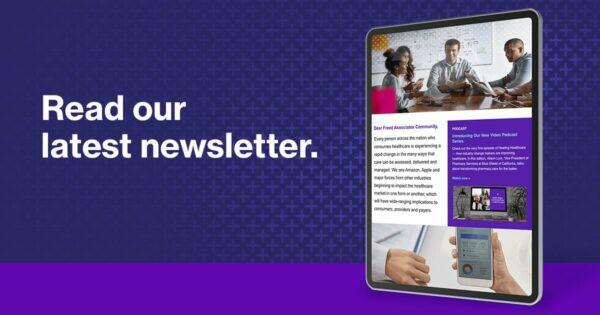Delivering Meaningful Use Financial Benefits In a Tight Timeframe to Maximize Savings
A major California healthcare system was faced with a tall task. It needed to move Meaningful Use (MU)-compliant ancillary system data into its electronic health record to realize millions of dollars in financial incentives from the Centers for Medicaid and Medicare (CMS) – yet it had to be done in a tight six-month time frame. Freed Associates (Freed) provided program management in meeting this deadline by coordinating resources and vendors, and creating and managing a workable project scope.

Situation
Healthcare providers can realize potential increases in revenue, while making improvements to patient care, by using electronic health record (EHR) systems creatively to meet MU guidelines. Our client, an early adopter in CMS MU programs, sought to establish an enterprise EHR that would capture data produced by an ancillary system.
The client developed an initiative to accomplish this task nine months before the June 1, 2014, compliance date deadline. Delays in funding compressed the timeline. Freed was engaged in December, leaving just six months to tackle this complex issue.
Solution
Freed’s first step was to perform a thorough review of the project’s scope, assumptions, and constraints to ensure that work was appropriately aligned with the project’s driver, an ancillary system on the EHR. Recognizing that time was the greatest project constraint, Freed also placed an emphasis on determining which applications were essential and which applications could be incorporated later.
The scope review also revealed that the client’s vendor partners were not aligned in their use of the new HL7 standard, including wide-ranging differences with respect to some highly specialized clinical ancillary processes. It became apparent that the client and its vendor partners needed to gather more information to create a solution. Moreover, there was no existing project governance structure that enabled fast-tracked solution development between the client and its vendor partners.
Freed established a shared leadership style and supported innovation. It maximized the client’s strong technical resources and project governance processes, while allowing vendor partners to contribute to technical development. Freed led the team through a series of Agile-style working sessions to quickly determine technical requirements and to design, build, and test the solution.
We used two strategies to mitigate project risk. The first was a two-pass implementation to quickly identify any unforeseen operational impacts. The second used strong vendor partnerships and project sponsorship to enable rapid escalation of projects issues and risk mitigation planning.
Results
The project was successfully implemented in two go-live events with no patient safety incidents or operational impediments. This go-live strategy reduced the risk to the client’s operations and provided some time for adjusting the second go-live, if needed. The second go-live event was completed a week before the CMS June 1 deadline.
In addition to realizing financial incentives from CMS, additional organizational benefits were realized, including:
- Creation of repeatable, integrative project models for vendor-partnered projects
- Development of a cross-discipline project team structure
- Alignment of vendor partners with existing program governance structure
The client also realized important technical benefits, including:
- The creation of a truly enterprise interface standard for its ancillary system
- The use of richer data in its EHR to support future clinical informatics initiatives more effectively
- New HL7 2.5.1 interfaces that provided data contributions to other important client initiatives, such as participation in a health information exchange and other MU projects


